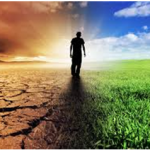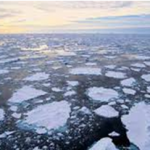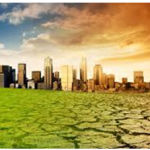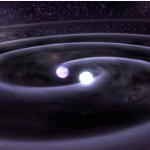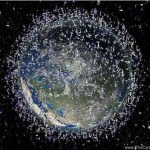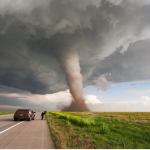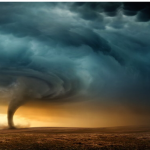By Efthimaki Ioanna (A class)

What are dreams?
Dreams are basically stories and images our mind creates while we sleep. Dreams can be vivid. They can make you feel happy, sad, or scared. And they may seem confusing or perfectly rational.
When dreams occur?
Our sleep is divided into five stages. In the first stage we do not sleep very deeply and we wake up easily. During the following stages our sleep gets deeper and deeper. After the fourth stage REM (Rapid Eye Movement) sleep begins. Most dreaming occurs in this phase. There can be up to seven such REM phases in one night. During this phase our heart rate and breathing gets faster. Blood pressure goes up and the brain starts to work but the body does not. That is why we don’t act out our dreams because the body is inactive.
Theories of Dreaming
There are many theories about why we dream, but no one knows for sure. The most famous expert on dreaming was Sigmund Freud, an Austrian doctor. At the end of the 19th century he found out that a part of our brain is the subconscious. It is a place where we keep our desires and wishes. In dreams we act out these wishes. However, some researchers say dreams have no purpose or meaning and are nonsensical activities of the sleeping brain. They are just strange stories that don’t relate to normal life. Others say dreams are necessary for mental, emotional, and physical health. People often have the same dreams over and over again. They may be events in your life that have caused problems which you have not solved yet.
Common dreams
Often people report having similar dreams, they are being chased, fall off a cliff, or appear in public naked. These types of dreams are likely caused by a hidden stress or anxiety. While the dreams may be similar, experts say the meaning behind the dream is unique to each person.
Why Do Nightmares Occur?
Nightmares, or bad dreams, are common in children and adults. Often nightmares are caused by:
Stress, conflict, and fear
Trauma
Emotional problems
Medication or drug use
Illness
What Are Lucid Dreams?
Have you ever had a dream where you knew you were dreaming during your dream? This is called a lucid dream. Research has shown that lucid dreaming is accompanied by an increased activation of parts of the brain that are normally suppressed during sleep. Lucid dreaming represents a brain state between REM sleep and being awake.
Some people who are lucid dreamers are able to influence the direction of their dream, changing the story so to speak. While this may be a good tactic to take, especially during a nightmare, many dream experts say it is better to let your dreams occur naturally.
8 Interesting Facts about dreaming
-
People forget 90% of their dreams
-
Blind people also dream
-
In our dreams we only see faces that we already know
-
Not everybody dreams in colour
-
People can have four to seven dreams in one night.
-
Animals Dream Too
-
Men and Women Dream Differently
-
If you are snoring, then you cannot be dreaming.
Sources
http://www.webmd.com/sleep-disorders/guide/dreaming-overview
http://www.english-online.at/science/dreaming/dreams-and-how-they-work.htm
http://www.medicalnewstoday.com/articles/297625.php
http://www.boredpanda.com/15-interesting-facts-about-dreams-dreaming/




